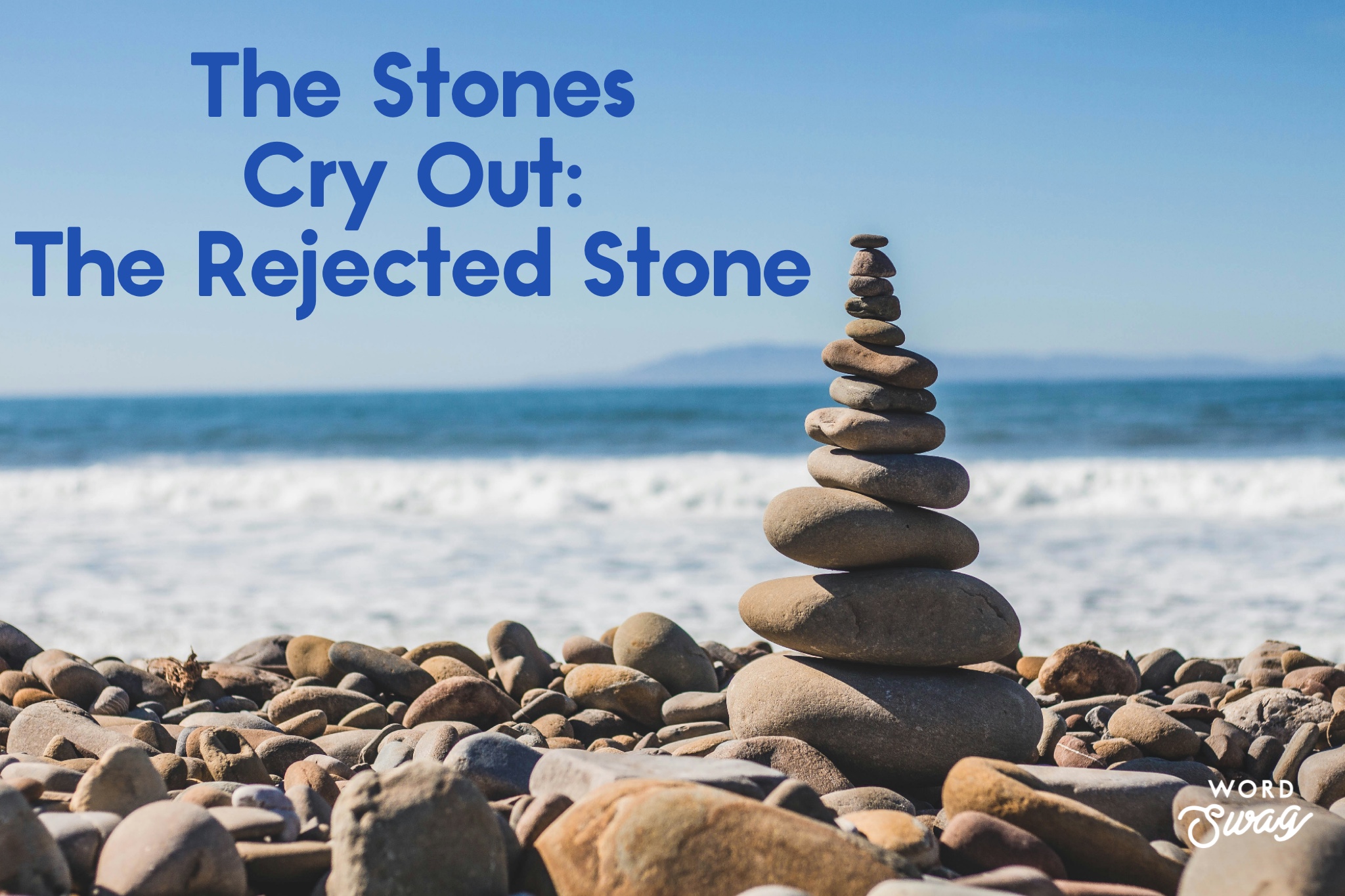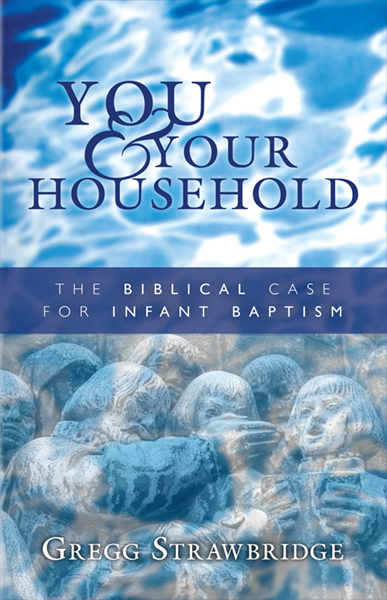A Good Friday Meditation
The crowds that hailed him as the heir to David’s throne a few days before now cry for the release of Barabbas and the crucifixion of Jesus. The Jews have silenced the disciples. Jesus wouldn’t silence them at their demand on Palm Sunday, so the Jews have taken it upon themselves to do it.
The Twelve have forsaken him. One of the Twelve betrayed him, handing him over to the Jews as some sort of insurrectionist. Peter denied him three times. The others are hiding in silence.
What will happen now? A few days before, Jesus told the Pharisees, “I tell you that if these should keep silent, the stones would immediately cry out” (Lk 19:40). With the disciples silenced, the rocks will begin to cry out.
Rocks don’t have human voices. However, as with all non-human creation, they speak. As Psalm 19 says, “Day unto day utters speech, and night unto night reveals knowledge. There is no speech nor language where their voice is not heard. Their line has gone out through all the earth, and their words to the end of the world.”
The rocks begin to cry out at Jesus’ death that he is, indeed, the King, the faithful Son of David, the Stone that the builders rejected. The proclamation of the rocks begins and ends on the Mount of Olives. Jesus goes with his disciples to the Mount of Olives to pray. He removes himself, interestingly, “a stone’s throw” away from them. It is here that the disciples are silenced as Jesus is arrested.
After going through trials with Pilate and Herod, Jesus is condemned to die by crucifixion for claiming to be King of the Jews. The Romans led him back out to the Mount of Olives to be crucified. But there is a specific place on that Mountain where he is crucified, which Luke calls “Calvary.” The Greek word is “cranium,” which we would call the skull, but it can also be used to speak more generally of the head. Some have said that this refers to the fact that the place where they crucified Christ had the features of a skull, features you can see even to this day. That may be the case, but that is not the redemptive significance of the name.
Matthew, Mark, and John call the place by its Hebrew name, “Golgotha,” which may be a contraction of “Goliath of Gath.” Golgotha, like Calvary, refers to the head, and one head allusion may be that of Goliath’s head. When David killed Goliath, he took Goliath’s sword and removed his head. He then took Goliath’s head back to Jerusalem (1 Sm 17:54).
This, it seems, is at least some of the importance of the name of the place where Jesus was crucified. Goliath was a giant of the Philistines who defied the armies of God. He was dressed in scaly armor like a serpent or dragon. David faced him with nothing but a sling and a stone and defeated him. He struck the giant in the head with the stone, crushing the serpent’s head. Now, on this mountain, this big stone, where the head of the serpent rests, the stone that the builders rejected, David’s stone, is crucified with the placard above his head, “The King of the Jews.” This stone of David is crushing the serpent’s head.
This stone cries out with a loud voice from the cross as he commits his spirit to his Father in death. The disciples are silenced, and the Stone cries out. This is not what we expected to hear from the stones’ proclamation of Jesus’ kingship, but every stone involved in the crucifixion cries out; from the Mount of Olives to the Stone hanging on the cross, every stone is crying out that Jesus is King.
Death was not the path to victory that the disciples imagined. That is why they are now silent. But the stones take up the proclamation in their absence.
In the name of the Father, and of the Son, and of the Holy Spirit.















